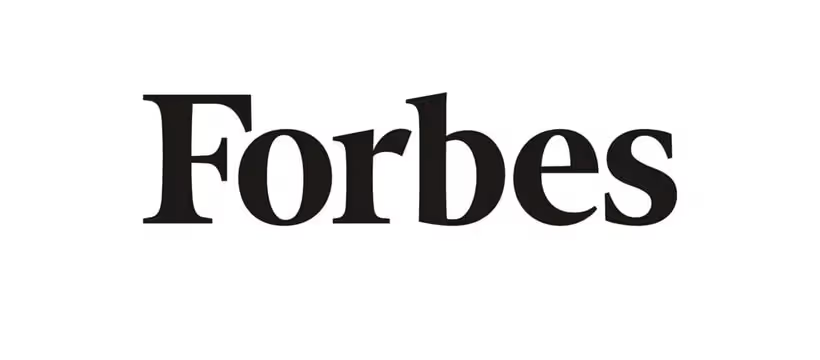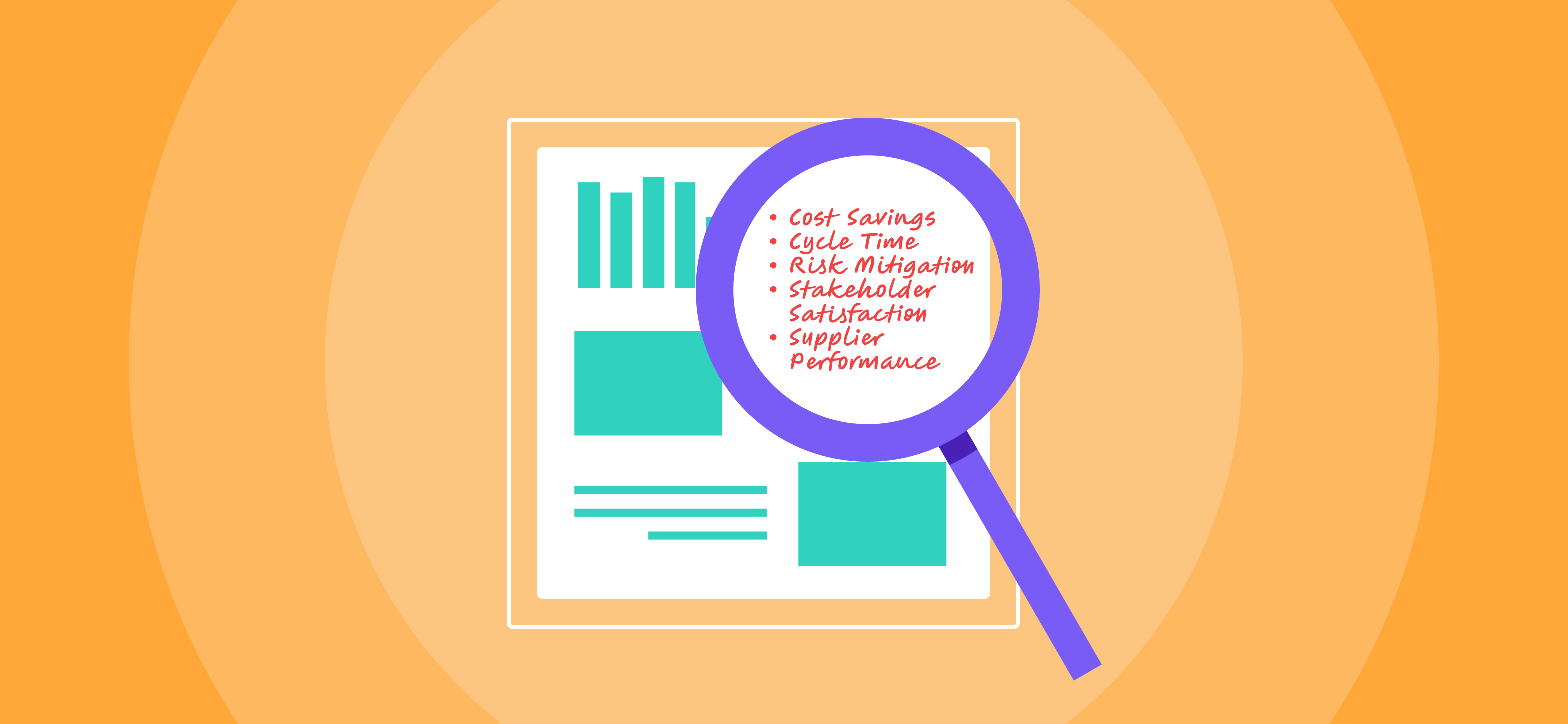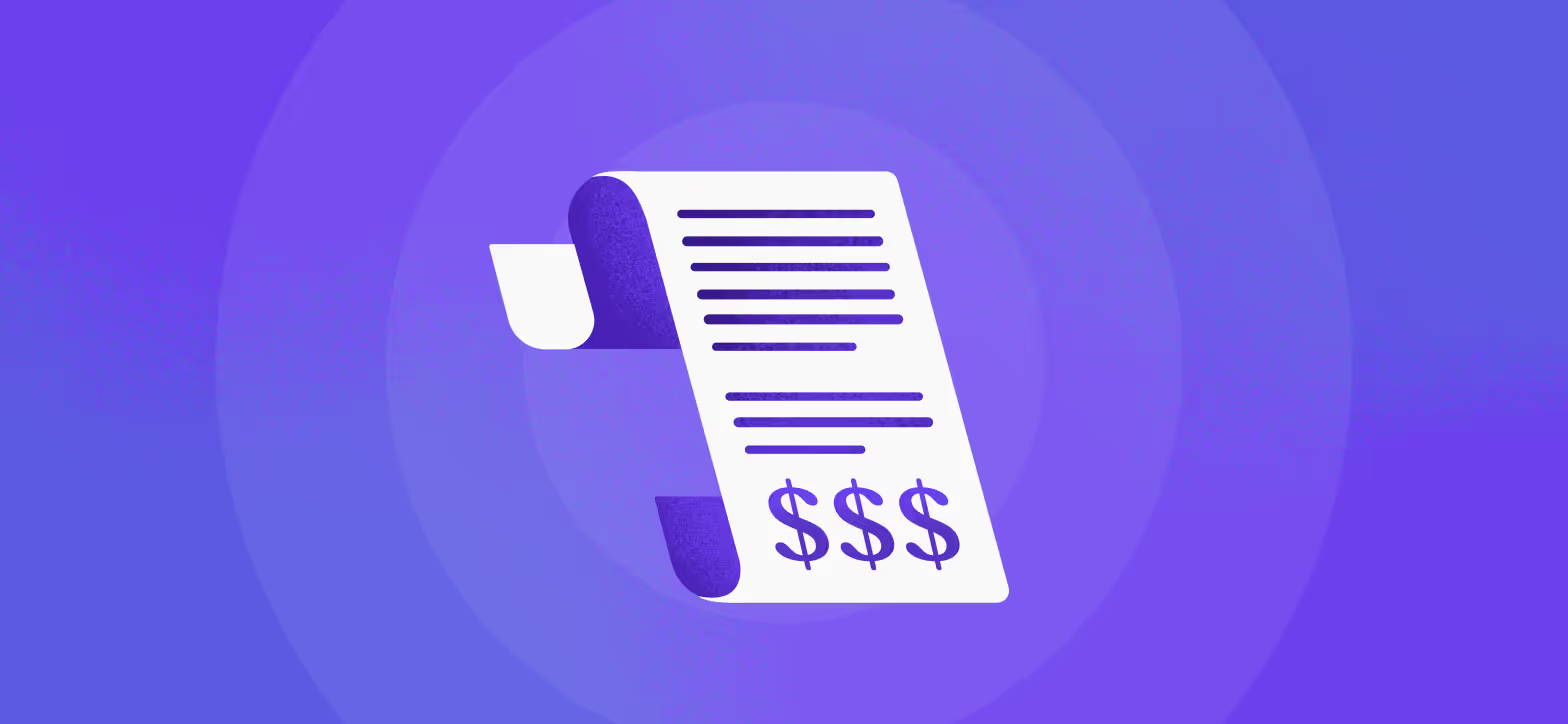This article was originally featured in Forbes on April 26th, 2022.
More than a decade after Marc Andreesen’s indelible prediction, software is still “eating the world” and has become an integral part of most businesses. The average company has more than 100 software contracts.
Not surprisingly, the pandemic has further exacerbated that trend, causing companies to accelerate the adoption of new digital technologies to cope with an increasingly hybrid workforce. The explosion of software over the last decade has affected every dimension of society, individuals, commerce and enterprises, including procurement.
Procurement was never designed for a SaaS world
The traditional procurement function wasn’t built for a world run on software—and it certainly hasn’t kept up. Procurement originated in manufacturing and automotive circles. It was designed for buying physical goods and hardware—items that have “should costs” and transparent pricing models.
There’s no question procurement technology has evolved over the years. New tools and applications have emerged to help businesses better navigate software purchasing processes, but they’re still fundamentally designed for a hardware-centric world. They haven’t evolved for a world where software is the most important—and fastest-growing—category to buy.
In this software-centric world we live in today, the balance of power has shifted away from buyers toward software vendors. This has happened for the following reasons.
- Vendors know more than you do. Many software buyers lack access to the expert knowledge and benchmarks that drive the true cost of software. Information asymmetry carries with it the potential for inefficient or ineffective software procurement.
- Software is dynamic. With software, there’s no such thing as supply or inventory. Prices, features, renewals and the number of seats you need for your team can shift rapidly, making it very difficult to determine if you’re buying the right tool, let alone paying a fair price.
- Software buying is a team sport. Software is a unique category that requires many layers of approval and feedback from disparate stakeholders. Siloed purchasing functions can often prevent the flow of information needed for an effective vendor evaluation.
These factors reduce a buyer’s negotiation leverage, leaving vendors accountable for delivering competitive price outcomes. The upshot is that nearly one-third, or 29%, of SaaS software expenditures are underutilized or wasted. In our work with clients, we’ve seen price deviations as high as 80% for some of the most commonly used SaaS applications.
The good news? Software procurement excellence is becoming a thing
As part of my job as CEO, I talk to CFOs, operations executives and procurement professionals all the time about the challenges they’re facing regarding effective software procurement. They’re almost always focused on one of three things.
- Top-line revenue growth (e.g., innovation, productivity and agility).
- Bottom-line impact (e.g., cost reduction, cost avoidance, margins and profitability).
- Risk and compliance (e.g., commercial risk, security risk and IPO readiness).
On a recent discovery call led by one of our sales reps, I heard a CEO complaining about the procurement process—namely, that it slows them down. Many of those same companies are finding themselves spending 50% more on cloud technologies than they did just two years ago. Even at my company Tropic, which is just a little over two years old, we use approximately 60 applications to support our 100 person-and-growing team.
Those executives are asking themselves the same questions I find myself asking.
- Are we using the right tools to be most productive?
- Are we getting the best price while minimizing risk?
- Are we effectively using the tools we’ve bought?
- Is the buying process collaborative and efficient?
- Do I have a single source of truth for all my software contracts and associated data?
These are some of the same questions McKinsey analysts set out to explore as part of a recent survey on software procurement excellence. They surveyed more than 150 companies worldwide from a spectrum of industries and found that companies who can procure software and related services at a minimum cost/risk have a distinct competitive advantage. The upshot was that “For many organizations, indirect procurement … is a source of tremendous untapped value and savings.”
They found that companies able to optimize their indirect procurement can reduce costs by about 15%, translating into an approximate 1.5% bottom-line improvement. More importantly, some companies have been able to transform their software procurement function into a strategic, value-generating arm of the organization.
The days of DIY procurement may be coming to an end
Although the idea of turning your cloud SaaS spend into a competitive advantage is highly alluring in concept, many companies realize they lack the talent, expertise and infrastructure to realistically tackle this initiative.
For many of them—particularly young and fast-growing startups without a fully fledged procurement team—DIY procurement isn’t always feasible. Those companies might want to consider looking externally to acquire the tools (process automation), data (benchmarking and competitive intel) and resources (procurement professionals) needed to achieve software procurement excellence.
When done right, procurement can go well beyond cost savings and compliance and be a growth driver for companies. The inverse is also true—organizations in DIY mode and lacking a thoughtful SaaS procurement plan run the risk of overspending on software and distracting their most valuable employees.
In his new book Software: The Silent Killer of Your Company’s Budget, Brad Veech, the senior director of IT sourcing at Walmart, says, “The fuse on your software budget is BURNING fast! Software companies have crafted a one-sided business model, and they are the only winners.”
Whether you’re looking to accelerate growth, achieve profitability or minimize risk, one thing is certain: Buying software well is very difficult, but it’s okay to ask for help.
Related blogs
Discover why hundreds of companies choose Tropic to gain visibility and control of their spend.








